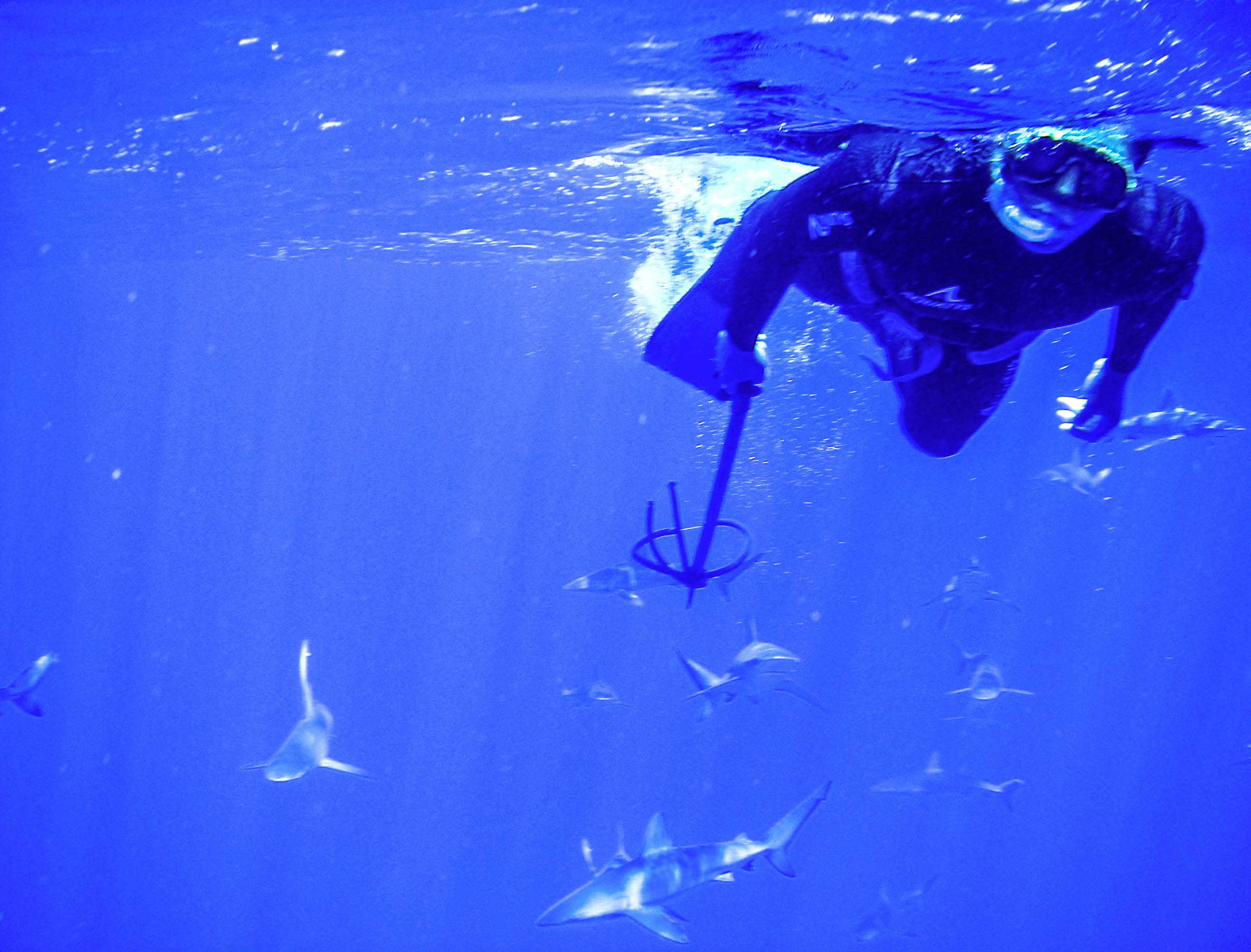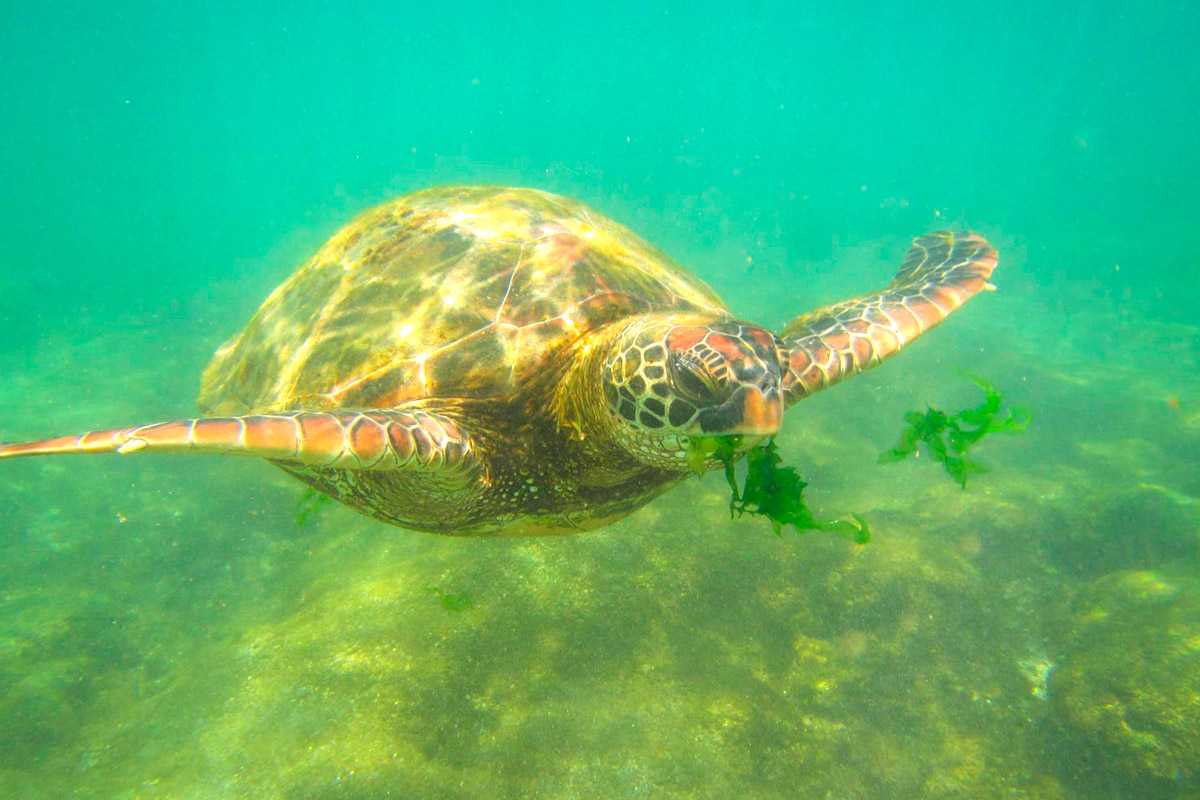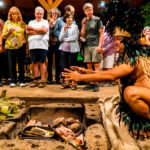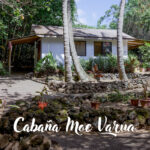Marine Park on “Salas y Gómez”
Both organizations, together with the Fisheries Commission of the Chilean Senate, made recommendations to President Sebastián Piñera for the creation of a marine park of 150,000 km2 (57,900 sq. miles) surrounding the Salas y Gómez Island, one of the most pristine areas still remaining in the ocean. With this park, 19.5% of the Easter Island marine ecosystem, of which Salas y Gómez is part, would be protected. In marine parks, the only activities which are permitted are observation and extraction for authorized scientific and research purposes in order to safeguard the diversity of species and their habitat. This opens possiblitites for tourism from Easter Island for diving and marine observation.


The increase in population and in tourism has increased fishing on all levels. The narrow coastal strip is not able to fulfill the requirements of development and the equilibrium has been broken. The dramatic decrease in species mentioned has been 100 to 1 in the last 25 years. Man is the principal cause of this situation. The future generations will demand their inheritance back. The Rapanui people themselves must stop the indiscriminate harvest of the marine flora and fauna and establish some Tapu, or prohibitions, in the breeding periods of the species.
In mid-2011 a new expedition hopes to go again in order to get the biological information that is needed to design a general conservation plan. Alex Muñoz, executive director of Oceana, noted that : “Our committment is to continue the work of increasing the areas that are under protection. Presently only 2% of the world’s oceans are protected and in 2012 this should increase to 10% of the economic exclusion zones established by the nations.”

Featured Reports:
PURE The Endangered Sea Snail
PUREThe Endangered Sea Snailby Ernesto Díaz CabreraEstudiante Doctorado en Ciencias, mención Ecología y Biología Evolutiva de la Universidad de ChileDoctoral candidate in Science of Ecology and Evolutionary Biology, University of ChilePure is a sea snail which has...
Everything is in Motion – An Island in the Middle of the Ocean
Everything is in Motion – An Island in the Middle of the Oceanby Martin Thiel, Bernhard Steinberger & Tim KiesslingDid you know that the geological history of Rapa Nui depends on two types of volcanism? There is on the one hand the Mid-Ocean Ridge, which crosses...
Diving, Underwater Hunting and Sharks
Diving, Underwater Hunting and SharksTestimonio de Testimony of Poki Tane HaoaHundreds of divers come to Rapa Nui every year in search of some of the clearest waters on the planet which offer visibility at 60 to 70 meters (195 to 230 feet) of depth. Poki Tane Haoa, a...













